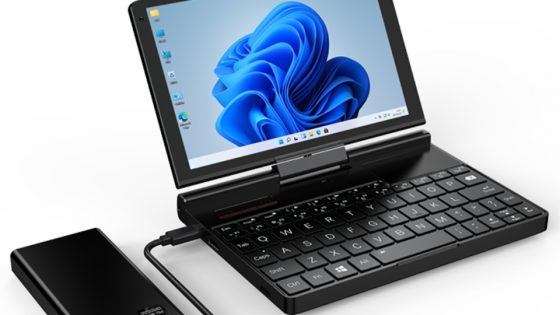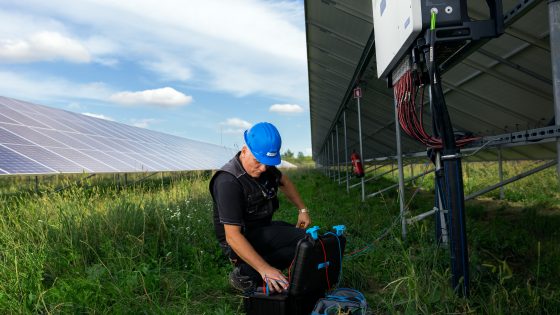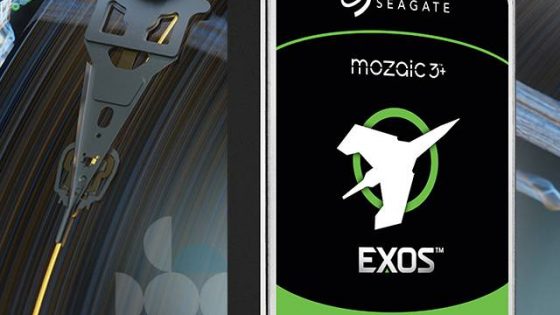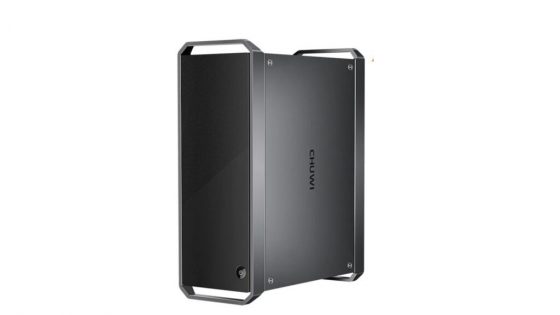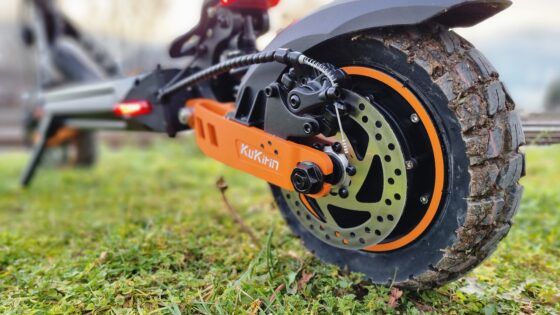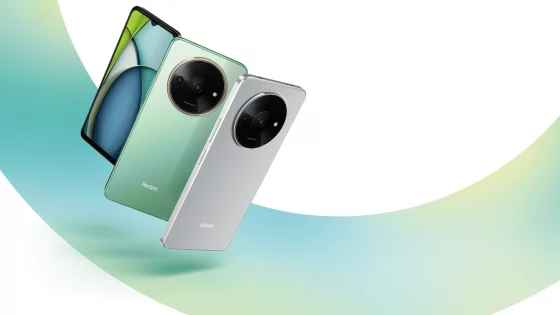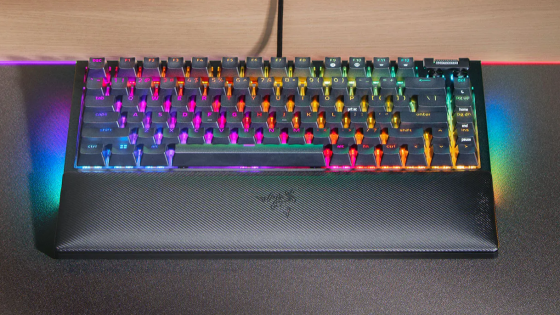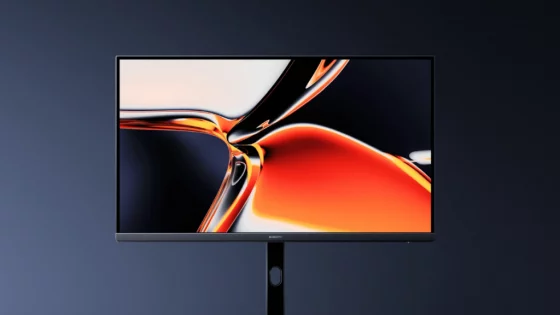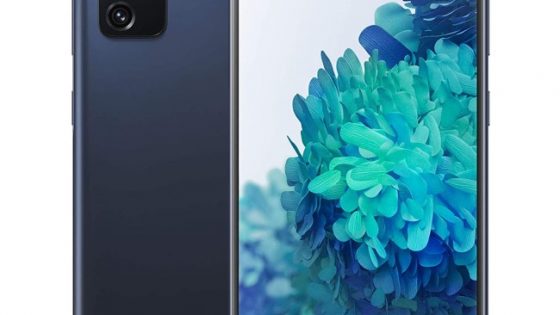A battery that never runs out of power. How is it powered?
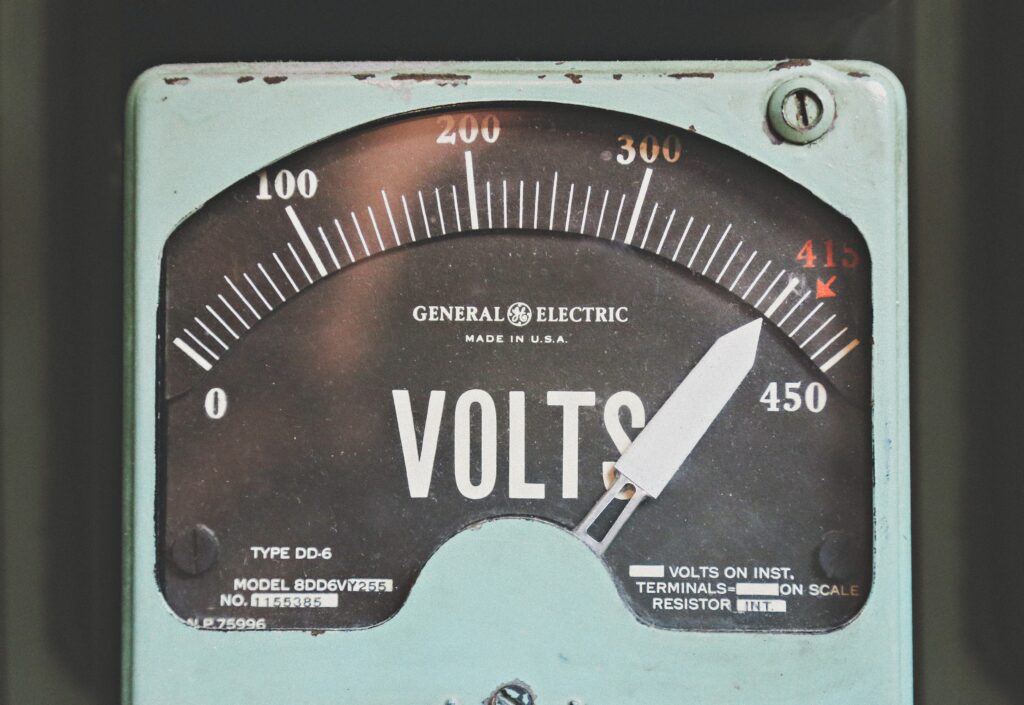
Humans are complex machines with moving parts that surprise in many ways. Scientists are of the same opinion that the potential of man is infinite. Scientists and technology developers are ready to use the human body as an endless source of energy. If successful, it would solve the eternal conundrum of smaller wearable devices such as smart watches, headphones, medical and similar devices that often run out of power at the wrong time.
Devices with a certain degree of autonomy, including automatic battery charging, are the future. The only question is, where to draw energy that is omnipresent and "infinite"? Scientists have come to the conclusion that the human body can be a convenient source of power. The finding came at the right time, as the market for wearable devices has exploded in recent years.
The so-called "electroceuticals" opposes classical pharmacy and medicine, as experts predict that more and more people will depend on wearable devices to monitor and maintain health, such as implanted electrostimulators, pacemakers, blood pressure and heart rate monitors.
"Biobatteries" and the process of harvesting energy from external sources could make such devices energy autonomous, eliminating the need for invasive interventions to replace dead batteries. At the same time, we would reduce the possibility of incorrectly implanted devices, their infection or unwanted subsequent movements.
Since the beginning of the second millennium, the profession has been developing devices that can be powered by the human body. There have been no major successes so far. The technology or devices were simply too wasteful for the minimal amounts of electricity that can be obtained through the natural processes of the human body. After two decades of effort, however, experts managed to make a major leap. Thanks also go to the developers of wearable devices, who in the last 10 years have managed to create devices that consume an extremely small amount of energy. With this, they opened the door wide to ideas and prototypes that can harness the power of our bodies.
Photo: Pexels Photo: Pexels
A power plant powered by cells
Simply put, cells can be biochemical batteries that convert sweet fuel into energy. German startup Celtro harnesses this energy source by using arrays of microneedles that can extract small amounts of energy from hundreds of thousands of cells. The German company's first product will be a small autonomous pacemaker. "Muscle contraction, like the heart, starts at one point and then spreads throughout the heart muscle," says CEO and co-founder Gerd Teepe. "Our idea was to collect energy at multiple points to take advantage of this wave action of the muscle." In addition to harvesting energy, the multipurpose microneedles will be inserted into heart tissue to monitor the heart and provide assistance with electrical stimulation to restore the heart's rhythm when it is necessary. In 2021, Celtro successfully raised enough funds to begin laboratory studies to prove the concept's viability.
Paper fuel cells
French startup BeFC is developing biobatteries with green credentials. This means that the fuel cell uses layers of carbon, cellulose, glucose and some proprietary enzymes. Adding a liquid, such as blood or urine, triggers a reaction that produces electricity. Their product, in the form of paper patches, could power disposable diagnostic devices and sensors for continuous monitoring of conditions, such as sugar monitoring kits for diabetics. After use, the fuel cells can even be composted, unlike other miniature batteries that eventually end up in landfills. BeFC is currently in the fundraising phase. They expect to hit the market with their products in 2024.
Pacemaker with piezoelectric energy harvester
Paris-based CAIRDAC is developing a pacemaker powered by the patient's heart. The waterless pacemaker is packaged in a capsule containing a piezoelectric energy harvester – a pendulum that oscillates through heartbeat, blood flow and vibration. The oscillations are converted into electricity and stored until the device detects that the heart needs a shock to reset the rhythm. The startup company recently raised 17 million euros to continue preclinical testing and transition to human trials.
Powering sensors and implants with solar energy?
Solar panels have spread to many household roofs in the past two years. Even in Slovenia at one point there was a long queue for the establishment of an independent solar power plant. Researchers at Monash University in Melbourne have found that a solar panel placed under the skin is capable of producing up to 10 % of solar panel energy in direct sunlight. This is enough to power devices with extremely low consumption. A few hours of solar power would be enough for a 24-hour operation of a temperature sensor that can be implanted in the human body. According to researchers, the optimal place to implant a solar panel is between the neck and the shoulder.
Hydroelectric heart
Mini-turbines could harness blood flow and convert it into electricity, at least that's what the University of Bern is finding out. Researchers there have designed a torpedo-shaped turbine that could be implanted into a blood vessel in the heart, creating a way to generate electricity through blood flow, similar to how hydroelectric power works. A major challenge they are actively tackling is how to avoid the formation of blood clots on the turbine blades. In laboratory tests, their turbine was able to generate enough energy to power commercially available waterless pacemakers.
Piezoelectric patch
Italian startup PiezoSkin claims to have developed an ultra-thin piezoelectric skin patch that can simultaneously measure human movements and extract energy from them. In one study, the patch was used to monitor neck movement in people with dysphagia (difficulty swallowing), but it could also be used to monitor and draw power through other body movements and vibrations. Similar to the other prototypes, the PiezoSkin patches could generate enough energy to power smaller devices.
Heat supply?
The human body emits an average of 100 watts of thermal energy per day, which, according to the Swiss company Mithras, could be enough to power wearable biosensors and implants. Their thermoelectric power supplies, known as TEGs, generate electricity by exploiting the temperature difference between the body and the environment. The company estimates that their TEG skin patch with a temperature difference of 5 degrees Celsius could fully power a cochlear implant.








